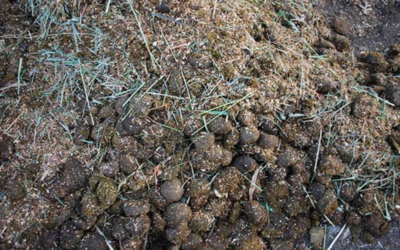
Epsom Salt
Epsom salt is the best use in the garden – one of which is as a insect resistant and pesticide.
Spraying and sprinkling are two of the most effective ways to using these magnesium rich salts to combat bugs.

Hydrated magnesium sulfate aka epsom salt contains two important elements: –
1. Those who need to maintain the optimum health of plants.
2. Magnesium plays an important role during photosynthesis.
3. It is also necessary by plants for the proper functioning of many enzymatic processes.
4. Seeds also required magnesium to germinate. Sulfur aids plant with many functions including amino acids production, increase root growth, and the formation of chlorophyll. This mineral also gives coal crop and Aliums their signature flavors. Fertilize onion, broccoli and cauliflower with Epsom salt to get healthier, sweeter-flavor vegetables. Use Epsom salt on tomatoes, chillies and roses plants grow stronger with more blossom. Epsom salt use as a normal fertilizer, Epsom salts are a cheap way to give healthy nutrients throughout your garden. An Epsom salt solution is also a great way to replenish magnesium and sulfur levels in depleted potting soil.
Uses of Epsom salt: –
1. Mix one tablespoon of Epsom salt with one gallon of water.
2. Apply to garden plants as a foliar-spray once every two weeks.
3. When feeding rose plant, use one tablespoon of salt per foot of the plant’s height mixed in a gallon of water. Spray once in the spring when the leaves begin to appear and again after rose starts bloom.
4. for vegetables, sprinkle a tablespoon of Epsom salts around each seedling as soon as they are transplanted in the garden. Repeat this feeding following the first bloom and fruiting. Mix two tablespoons of salt in one gallon water and use this solution in place of normal watering once per month.
5. Mix one cup of the salts in five gallons of water to make Epsom salt spray. Fill into a spray bottle and apply to the affected plants.
6. this will work to burn slugs and beetles, ensuring they keep their distance.
7. An easy choice, that you apply the application on every plant in the second week, sprinkle the salts around the base of your plants. This will not only deter pests. Rather increase nutrition absorption, as magnesium helps plants roots take up important nutrients such as nitrogen, phosphorus and sulfur.





